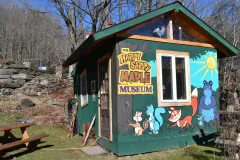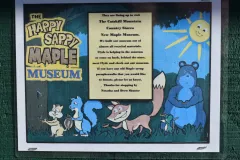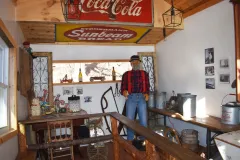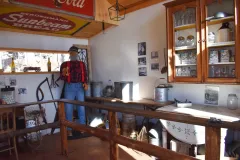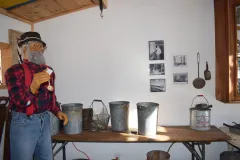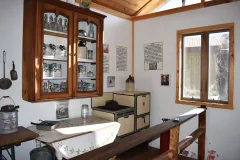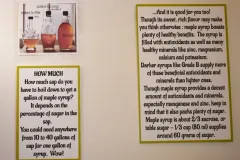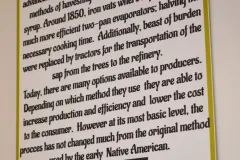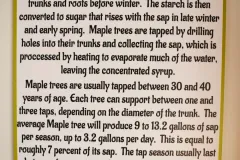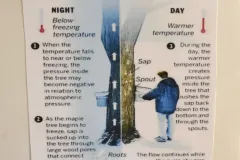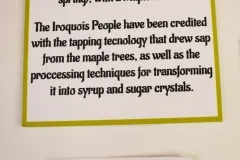Explore the History of Maple Syrup at the Happy Sappy Maple Museum!
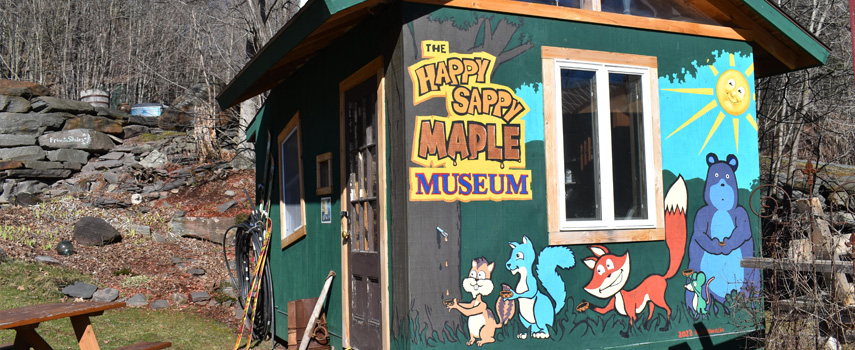
Our new Happy Sappy Maple Museum behind the store pays tribute to the longstanding tradition of Maple Syrup making in the Northeast. Made of almost all recycled materials, the museum is home to a variety of Maple Syrup-related equipment, historical photos, fact sheets and delicious recipes. Have Maple Syrup paraphernalia you’d like to donate? We’d love to display it in the museum!
How Syrup is Made
Maple Syrup is made from the sap of Maple trees. In cold climates, Maple trees store starch in their trunks and roots before winter. The starch is then converted to sugar that rises with sap in late winter and early spring. Maple trees are tapped by drilling holes into their trunks and collecting the sap. The sap is then heated to evaporate much of the water, leaving the concentrated syrup.
Maple trees are usually tapped between 30-40 years of age. Each tree can support 1-3 taps, depending on the diameter of the trunk. The average Maple tree will produce 9-13.2 gallons of sap per season, up to 3.2 gallons per day. You need 19-40 gallons of sap for one gallon of syrup.
The tap season is usually 4-6 weeks, depending on the weather, location, and climate. In addition to being incredibly sweet and delicious, Maple Syrup – especially darker grades – is full of antioxidants and healthy minerals such as zinc, magnesium, calcium, and potassium.
The History of Maple Syrup
Native Americans were the first to produce maple syrup and maple sugar. They celebrated the Sugar Moon (the first full moon of spring) with a Maple Dance.
The Iroquois are credited with developing the tapping technology to draw sap from Maple trees, and the processing techniques for transforming sap into syrup and sugar.
Around 1850, iron vats were replaced by two-pan evaporators, reducing the cooking time by half. Instead of transporting sap by horse and wagon, tractors began to be used. Although technology has made the process quicker and more efficient, it has remained largely unchanged for hundreds of years.






